
Is Iceland Overcrowded?

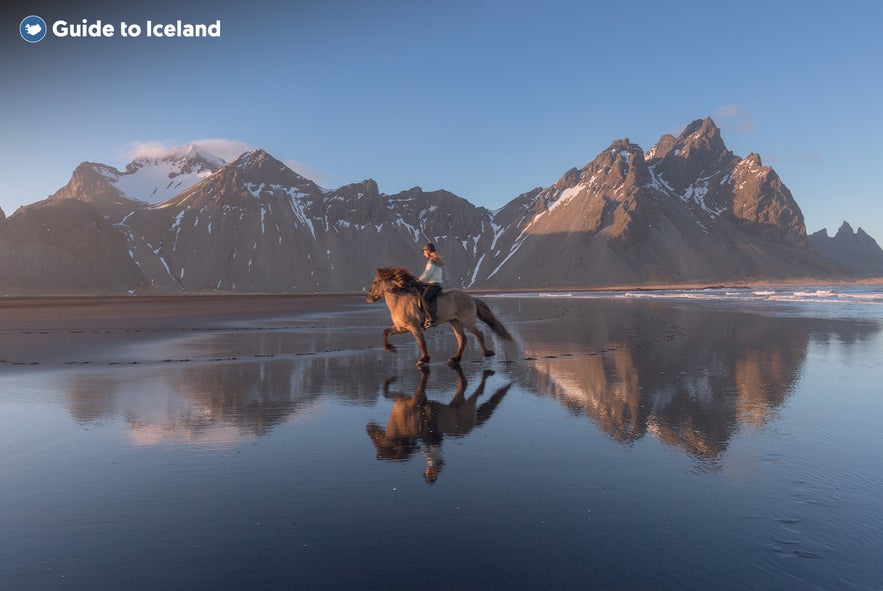
Has Iceland become too popular for its own good? How many people travel to Iceland annually? What effect has the recent rise in visitor numbers had on Icelandic society? How can you avoid the crowds while travelling in Iceland? Read on to find out everything you need to know about Iceland's recent rise to fame and smart travel under the Arctic Circle.
- Check out 12 Amazing Town to Visit in Iceland's Eastfjords
- Read All You Need to Know About Flying Drones in Iceland
Iceland’s popularity in recent years has seen an exponential growth in tourism: 2017 saw over two million travellers flock to its captivating and wild shores, compared to well under half a million in 2010. The explosion of visitors to Iceland has prompted some to propose Iceland is overrun with tourists.
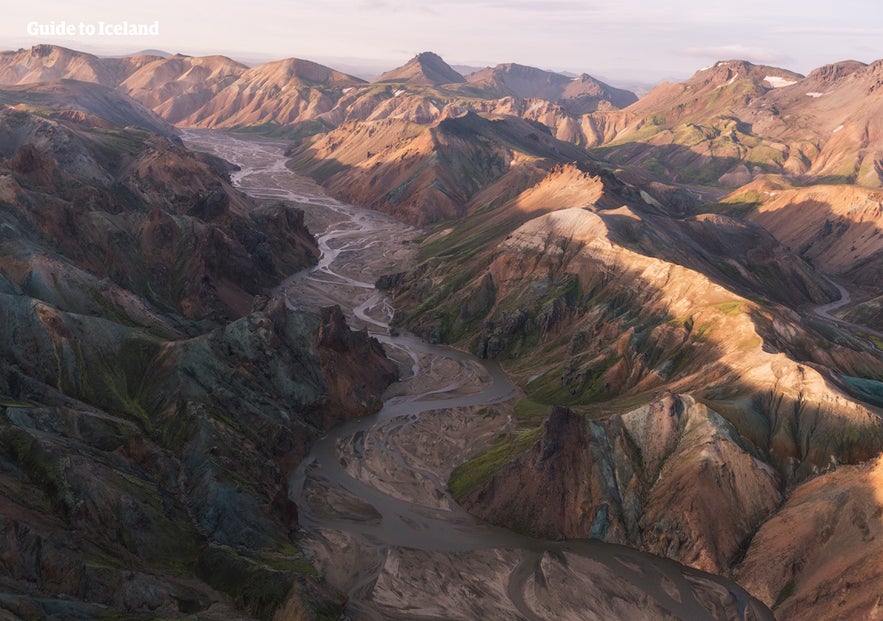
A strong call for many to explore this mystical island is its promise of unbroken natural beauty and its vast areas of unoccupied wildlands—but some are now complaining this is no longer the case due to unbridled tourism.
- See also: Top 11 Iceland Travel Tips
When travelling around Iceland, however, one can clearly see that Iceland is not overcrowded. You can, in fact, enjoy large distances of highways or hiking trails without encountering a single soul, even during the high-season summer months.
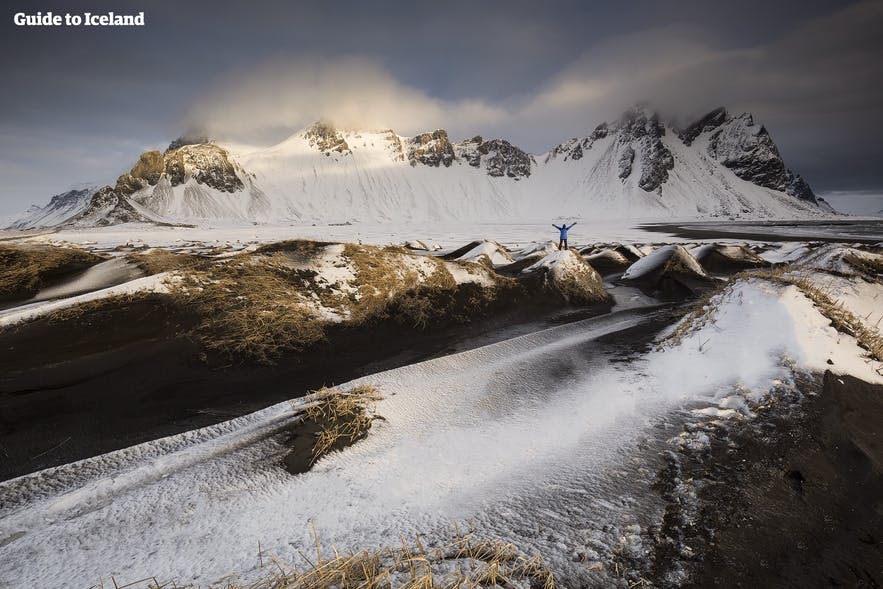
Statistics also reflect this reality: Iceland is 103,000 km² and received 1.8 million visitors in 2016. With a humble population of approximately 350,000, it is understandable to expect a few growing pains from a country abruptly trying to accommodate a transient community more than six times the domestic population.
But when you compare Iceland's statistics with other destinations, the statement that Iceland is overcrowded loses some of its credence. Monaco's population of 38,499, for example, saw tourists outnumbering locals eight times over in 2016.

Moreover, the infographic above clearly demonstrates how, relative to land mass, other countries see a far higher number of visitors annually, making it hard to maintain that Iceland is overcrowded.
What is all the Fuss About?
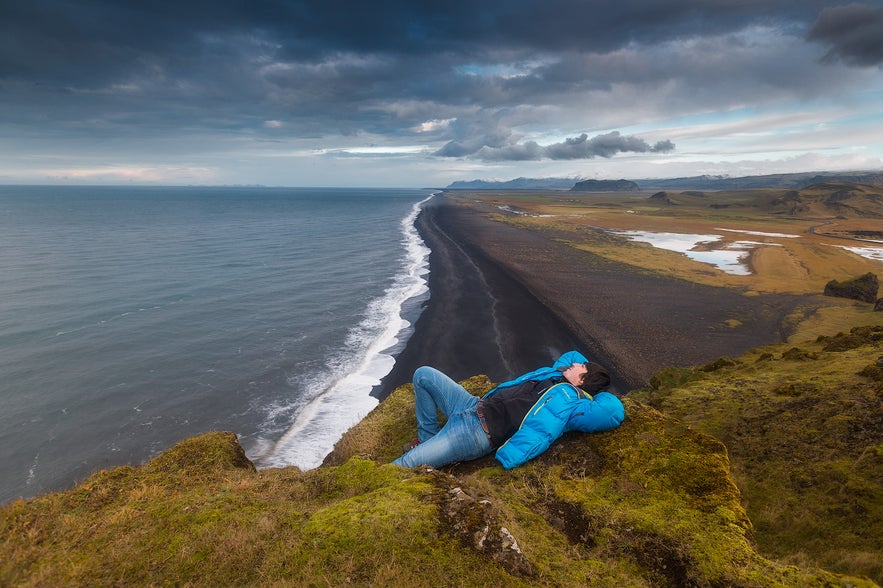
As with any other beloved travel destination in the world, you can expect crowds at Iceland's most popular tourist attractions. You are bound to see other people when travelling along the Golden Circle, Iceland's most popular sightseeing route, or along the South Coast where visitors frequent some of Iceland's most famous sites—but once you make your way beyond these highly marketed destinations, you will immediately encounter the untouched expanses of nature for which Iceland is famed.
So what leads people to question whether or not Iceland is overcrowded? The question might be better framed, "Is Iceland’s capital, Reykjavík, overcrowded?" The answer could very well be argued, yes.
Reykjavík's proximity to Iceland’s only international airport in Keflavík, sees huge swathes of visitors staying in Reykjavík and only exploring its adjacent attractions. Critics of the surge in tourism have complained that Reykjavík is quickly becoming a sort of “Disneyland” with annual American tourists alone outnumbering locals.
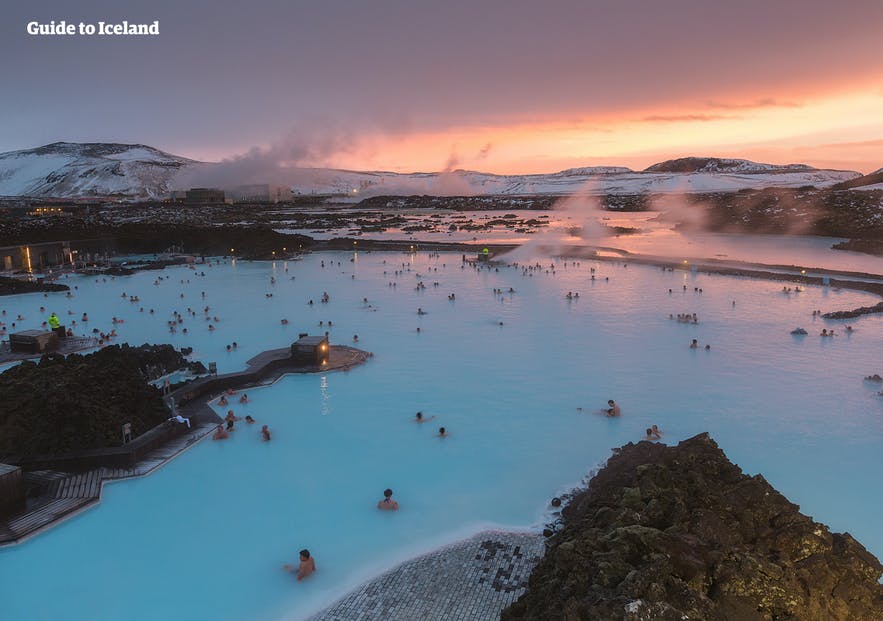
Laugavegur is the central street from which Downtown Reykjavík unfurls and it is rife with souvenir selling 'Puffin Stores', the abundance of which can often lead to an impression of humdrum homogeneity. Such monotony compounded by countless hotels and teaming restaurants have caused some sparks of concern that Reykjavík is no longer catering for those that live there.
- See also: Top 12 Things to do in Iceland
Nowhere is this felt more than in the housing market. Airbnb accounts for 44% of the rental market and this number only reflects landlords working within rules and regulations; there are most likely many more working outside the legal limits of 90-days imposed since January 2017.
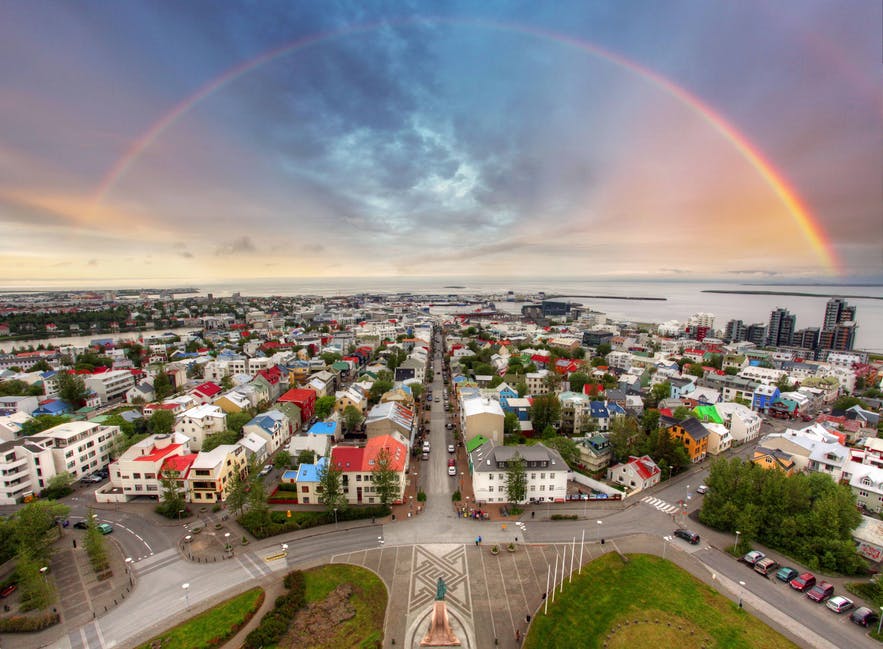
Reykjavík, therefore, is experiencing a housing crisis. Some people find themselves resorting to shelter in campsites and campers as they cannot afford the towering rental cost inflated by demand or simply for lack of available accommodation. Hidden homelessness is also reported, with many locals temporarily staying between friends' or relatives' residences in the absence of a permanent place to call home.
Reykjavík city council can be blamed for not imposing regulations to the Airbnb market sooner and for not increasing the number of houses available. Incentives for renting to locals could have been imposed and landlords, in an ideal world, would not be so greedy.
A quick glance at the number of cranes littering the skyline offers no doubt that tourism has changed Reykjavík. The city council has a habit of handling each development approval individually and can very well be blamed for the absence of a comprehensive scheme to preserve the feeling of downtown Reykjavík.
The Evolution of Reykjavik
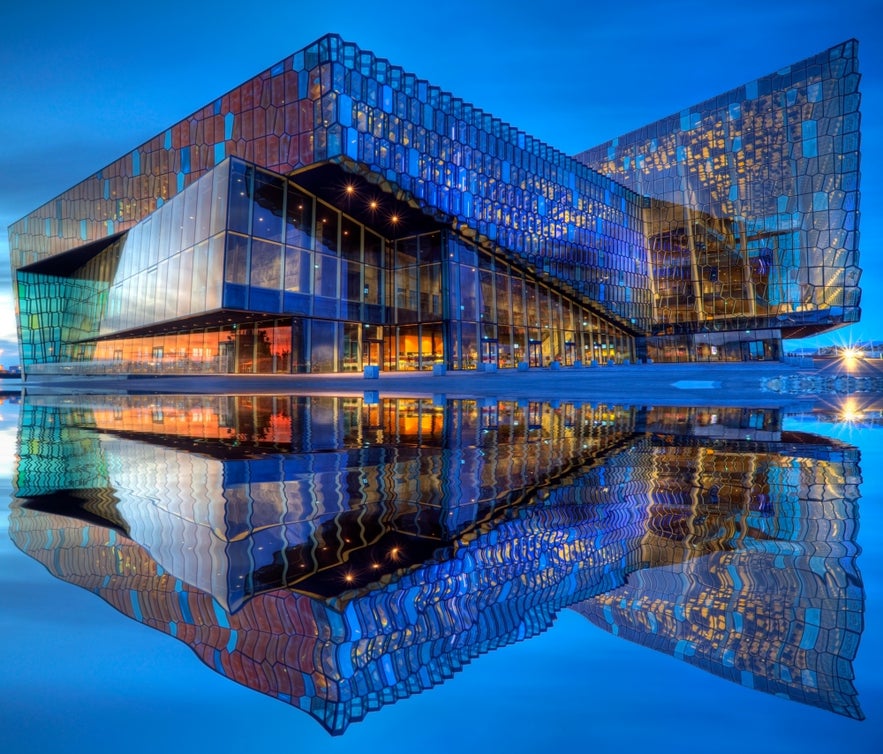
Branding Reykjavík “Disneyland” is, however, sensational hyperbole. You can still find plenty of locals downtown frequenting their favourite cafés and bars or going out for dinner before a trip to the theatre.
The art and music scene is ever-dynamic and you are always guaranteed to be no more than a stone’s throw away from an exhibition or concert. Nowhere is the Reykjavík spirit felt more than on particular days of celebration such as Gay Pride or the National Day of Independence on the 17th of June when locals flood downtown in droves.
Gentrification is a phenomenon occurring in most cities in the world, and the process happening right now in Reykjavík is moderate in nature. A walk down the main street Laugavegur is not going to have you battling throngs of people: if you consider the hustle and bustle of Oxford Street in London or Times Square in New York, crowds are diminutive by comparison.
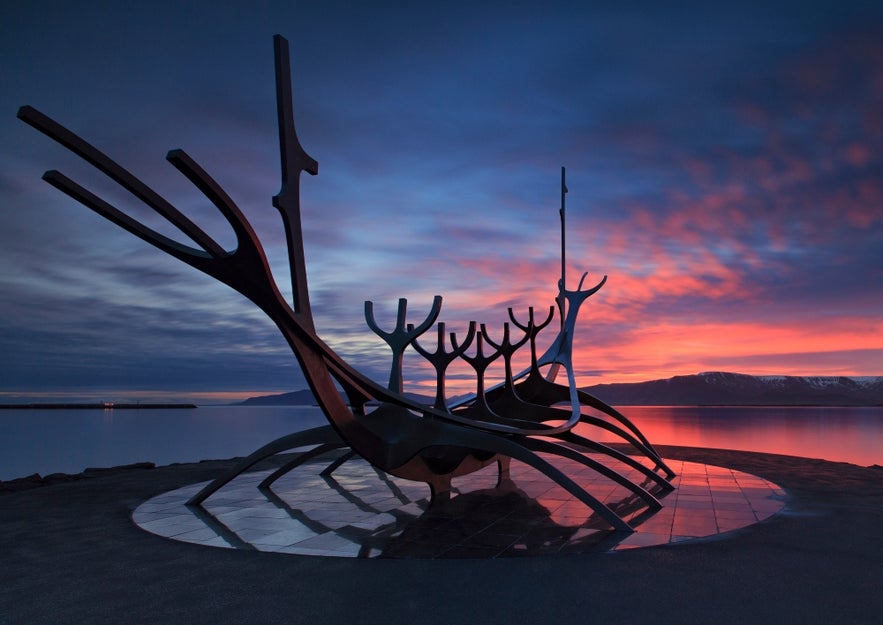
Tourism is not without its merits: one in six Icelanders work in the industry and the steady stream of visitors is a lifeline to many. Arguably it has contributed to renovations within the downtown and ensured the endurance of many long-serving bars and restaurants which may not have survived the financial troubles after 2008 without the surge of foreign customers.
It’s all too easy to retrospectively romanticise the city and forget that it was quite run-down and in need of renovation in places. Many abandoned buildings have finally been restored or rebuilt due to Reykjavík's popularity. This is not just of an aesthetic benefit but also provides new spaces for local business to flourish.
- See Also: The Ultimate Guide to Downtown Reykjavík
As the centre of Reykjavík has developed, transformation creeps into communities on its periphery. Nearby neighbourhoods have seen an injection of life and culture for locals and visitors alike. There is now a popular coffee house right opposite Vesturbæjarlaug, one of Reykjavík’s best swimming pools, Kaffihús Vesturbæjar as well as its neighbouring artisanal bakery, Brauð & Co.
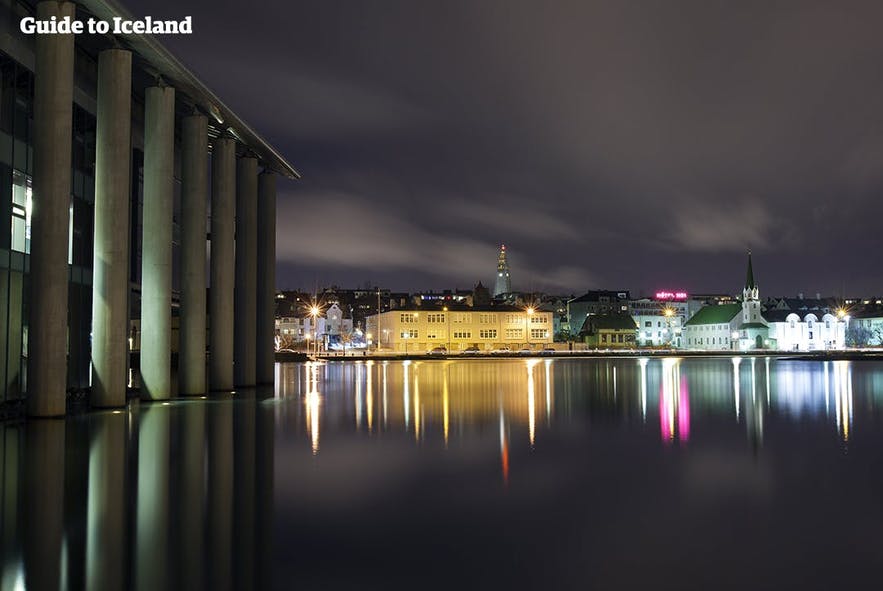
Grandi is also close to the downtown area and it has seen a complete facelift. Home to one of Reykjavík’s favourite ice cream parlours, Valdís, this once purely industrial area now boasts its own socially vibrant scene.
The expansion of hotels outside the immediate downtown area is arguably responsible for fanning tourists away from the centre and has contributed to improvements in other parts of the city. This should be encouraged so as not to further dilute the city centre's rich cultural and historical background to ensure the evolution of Reykjavík is desirable and sustainable for everyone.
Taking the Roads Less Travelled
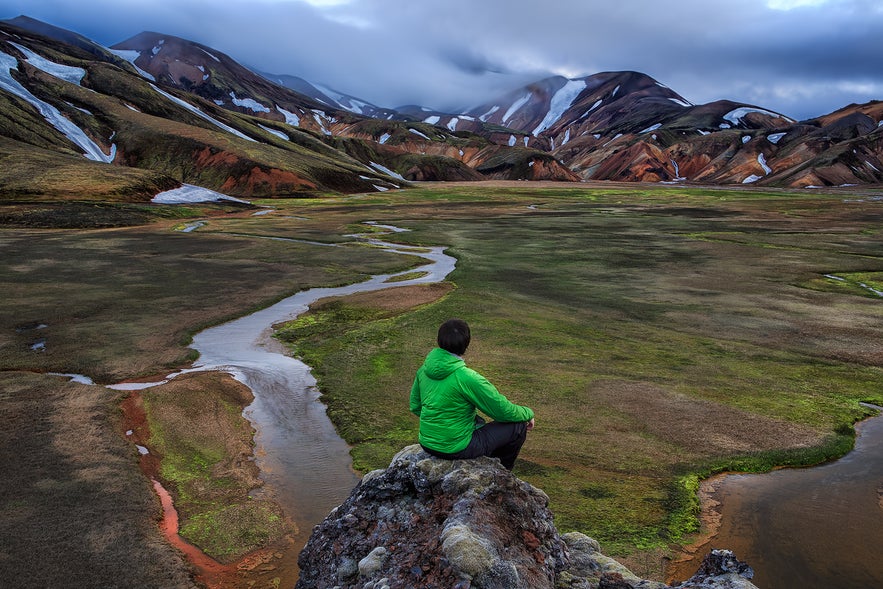
Tourism has directly benefited Iceland’s economy and subsequently, the Icelandic krona has strengthened. Exchange rates may not be as seductive as they were after the economic crash of 2008 but don’t let that tempt you to cut your trip to Iceland short. You can get more bang for your buck by staying for longer and seeing more of the country, not just Reykjavík and its surrounding areas.
The main conflict of interest is maintaining the country’s central pull-factor in that it is a land of natural beauty whilst still providing an infrastructure to cater for its many visitors. After the explosion of tourism in 2010, governments have often been guilty of playing catch up rather than spearheading with responsible and sustainable planning.
Heavy marketing of the Southwest area, as well as Iceland as a stopover destination, has contributed significantly to the swathes of tourists to be found at the Golden Circle and the South Coast, predominantly with accommodation in Reykjavík.
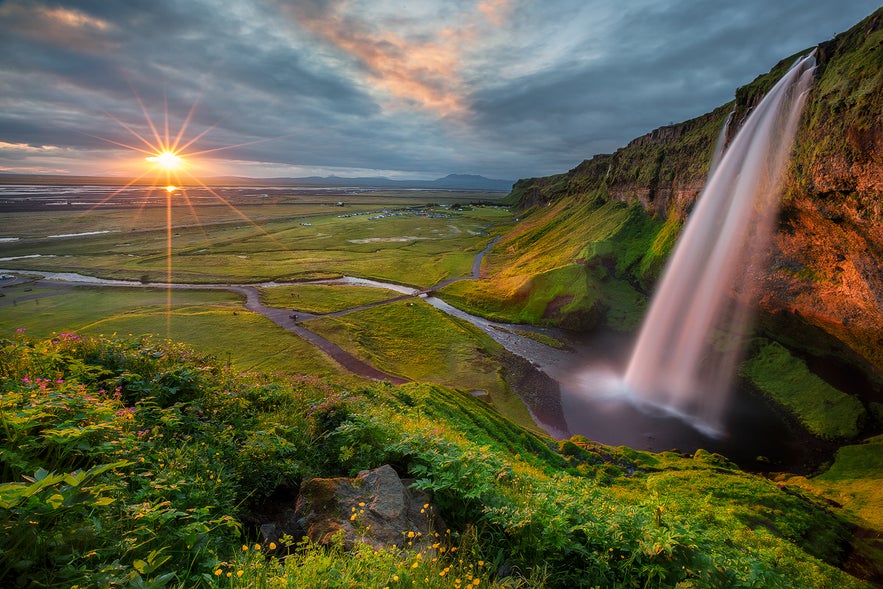
If you drive East of Jökulsárlón or focus your journey to explore the west and Westfjords, you can enjoy a largely uninterrupted view of Icelandic nature. The North of Iceland and the East are typically known for warmer, brighter summers than in the capital, often making for a comical rivalry between Reykjavík and its cousin municipalities Akureyri and Egilsstaðir.
The Highlands, only accessible in the summer, are vast expanses of rugged, raw beauty and are highly suitable for those with a sense of adventure. Hiking even the most popular trails in these areas can promise pure isolation for days.
- Find out more about how to avoid the crowds in Iceland
Planning Ahead, Avoiding the Crowds
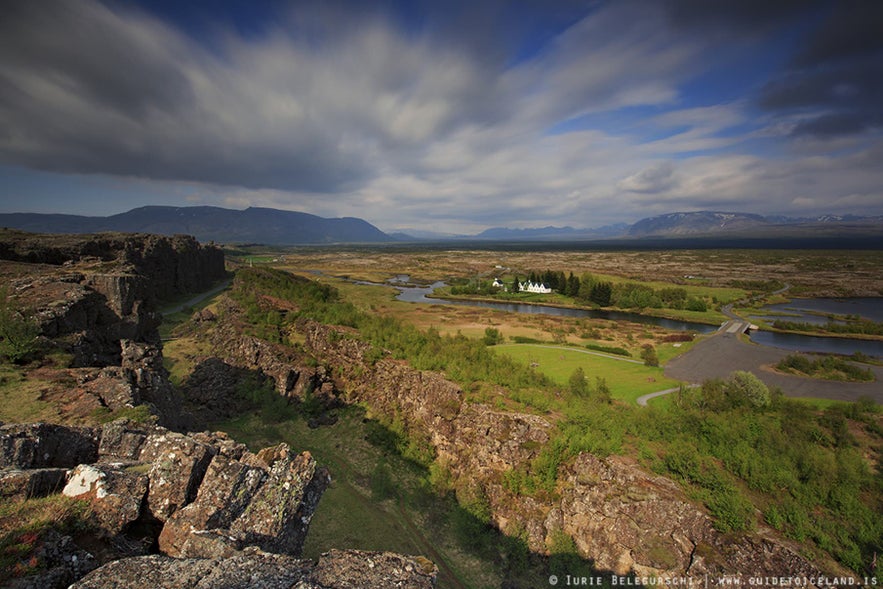
When travelling around Iceland, even during high season, you can truly appreciate the remoteness and undisturbed nature that so much of Iceland has to offer.
Summer is by far the most popular time to travel, the warmer months attract a proportionately higher number of tourists. However, visiting in high season need not mean you cannot enjoy the sights Iceland has to offer in peace.
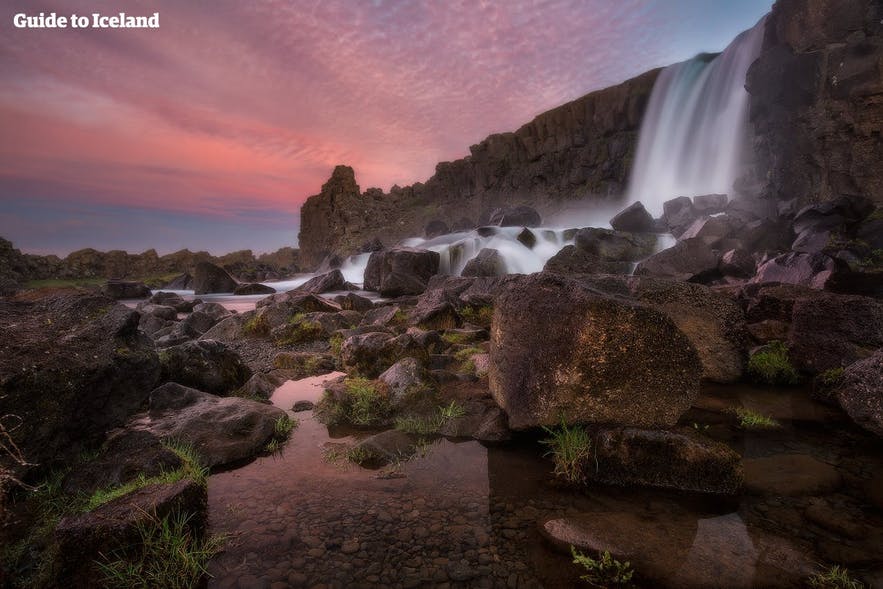
Iceland’s midnight sun highly increases the amount of time you have to visit the best-loved locations. Why not try doing the Golden Circle in the evening when no one is around?
- Book a 10-Day Slow-Paced Summer Self Drive Tour of Snæfellsnes Peninsula, Golden Circle & South Coast here
In both summer and winter, bus companies departing from Reykjavík will operate tours in a certain order, and you can avoid the larger groups by planning your schedule to avoid the bus-loads.
Travel Etiquette in Iceland
A large factor that can contribute to a feeling of overcrowding is poor and disrespectful behaviour by some visitors which can directly impact one’s experience of Iceland and can upset the native residents.
Camping in banned areas without appropriate toilet facilities give rise to human waste spoiling the quality of the area and can lead to a sense of intrusion felt by locals. Littering will inevitably lead to the evidence of human presence thus tarnishing the natural beauty of an area, so always be sure to dispose of your rubbish respectfully.
Of course, never underestimate the value of being courteous to those you encounter. The people that live in Iceland have met a lot of tourists and although this may be your first time here, they have definitely heard the same annoying questions. Think twice about asking someone if they believe in elves or if everyone is definitely related.
- Make yourself familiar with Travel Etiquette in Iceland here
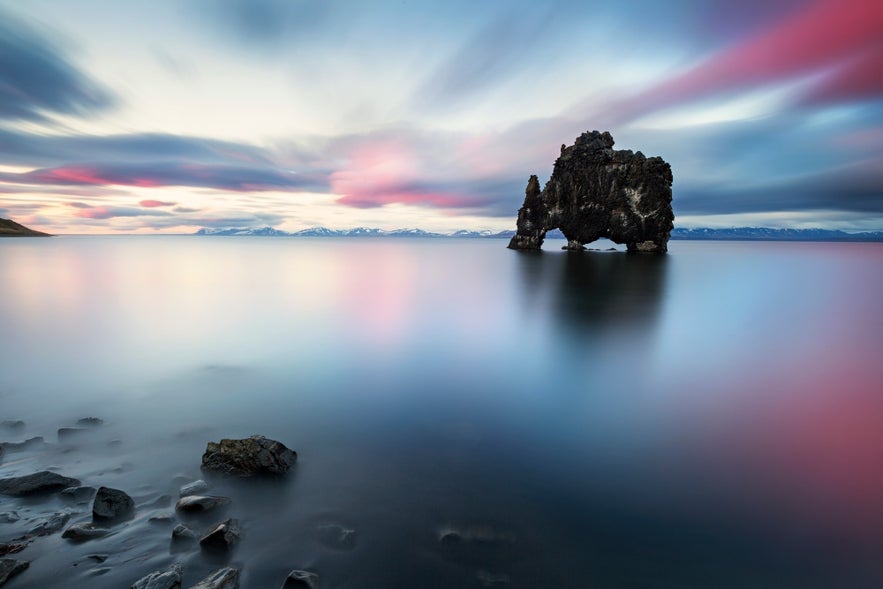
Iceland cannot reasonably be said to be overcrowded but that doesn’t mean that tourism has not had a huge effect on people that live here.
This is mostly felt in Reykjavík and its surrounding area, with two-thirds of inhabitants living in the capital region. This has had a devastating effect on the housing market and there is definitely a need for government and city councils to redirect funds to alleviate this crisis. If you are staying in Reykjavík, do your part by getting a hotel or hostel room instead of an Airbnb.
Popular attractions in the Southwest region are where you will mostly experience crowds so explore Iceland to its fullest and plan your holiday in lesser visited areas. Book longer tours which will allow you to see the entire island in its remote and pristine magnificence or just focus on a largely untouched and unvisited area such as the Westfjords or the Highlands
Most importantly, wherever you choose to focus your adventure, be respectful of the untamed wilderness that is the Icelandic landscape.
Do you think that Iceland is overcrowded? What tips or tricks would you recommend to avoid the crowds? Leave a comment below if you have anything you would like to contribute to the discussion.
Other interesting articles
Kartor över Island
Hitta kartan över Island du behöver med dessa 20 kartor över isländska sevärdheter. Vi har utformat alla de viktigaste kartorna över Islands allra bästa sevärdheter på Google maps så att du enkelt k...Läs mer
Bilkörning på Island: Den ultimata road trip-guiden
Lär dig allt du vill veta om att köra bil på Island. Ta reda på varför det är lätt att köra på Island på sommaren och svårare på vintern. Lär dig hur du hyr ett fordon för din självkörningsresa och...Läs merÄr det dyrt på Island? Hitta den bästa tiden för ett besök med begränsad budget
Ta reda på hur mycket det kostar att resa till Island för att kunna göra en bra budget inför resan. Är det dyrt på Island? Hur stark är den isländska valutan? Läs vidare för att ta del av vår guide...Läs mer

Ladda ner Islands största resemarknad till din telefon och hantera hela resan på ett och samma ställe
Skanna QR-koden med telefonkameran och tryck på länken som visas så får du tillgång till Islands största resemarknad. Ange ditt telefonnummer eller din e-postadress om du vill få ett SMS eller e-postmeddelande med nedladdningslänken.




















